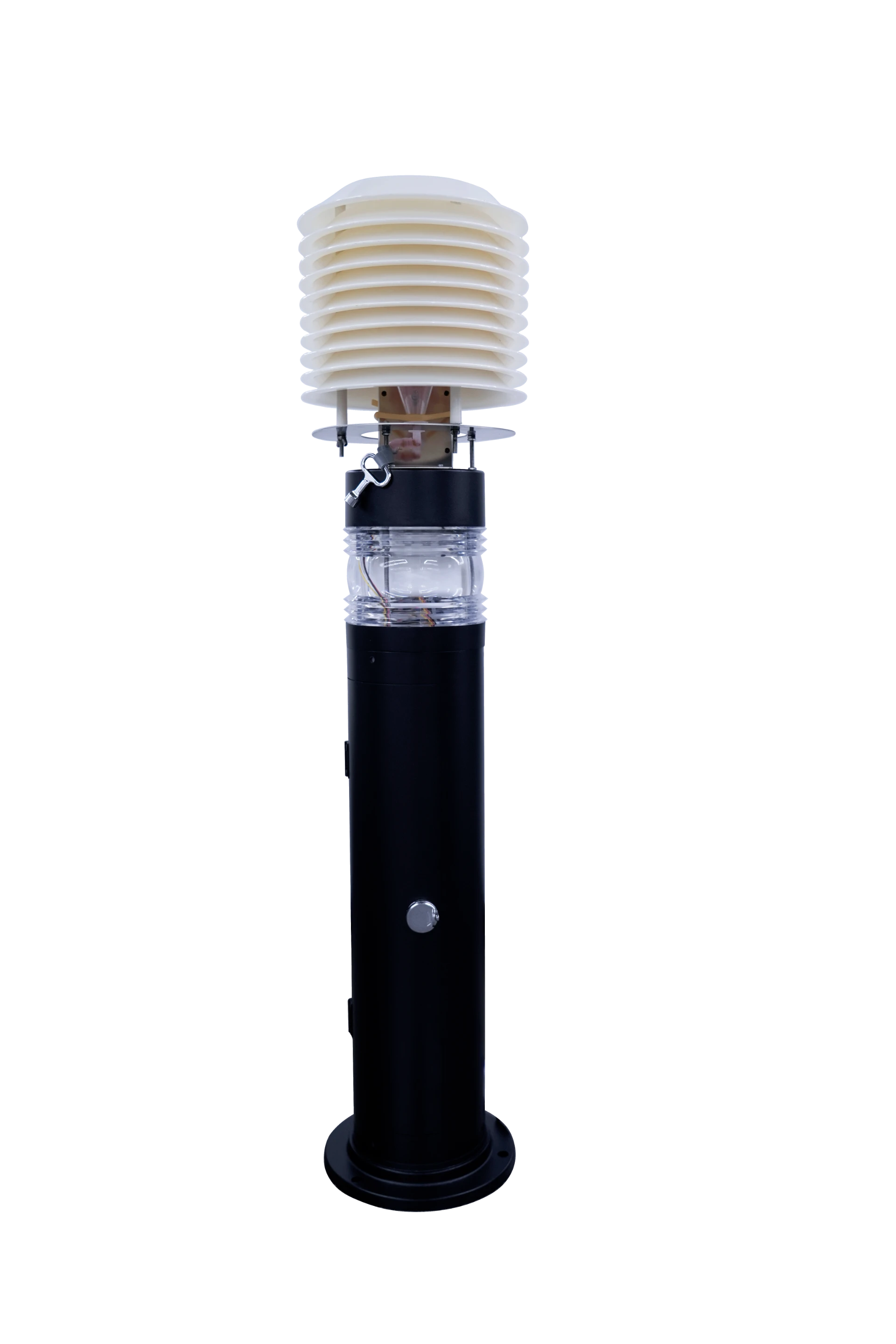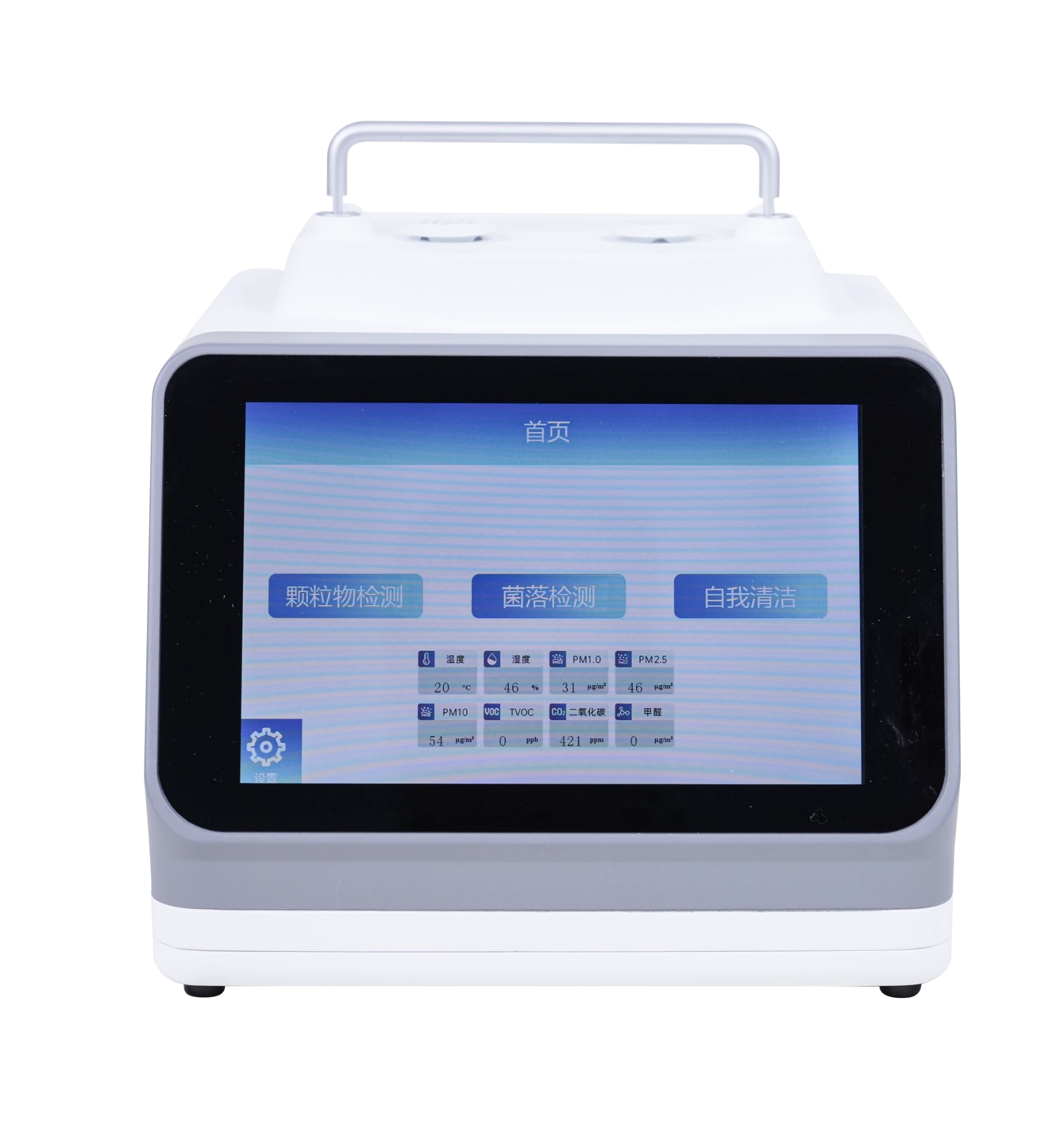
What Is Bioaerosol Monitoring
Bioaerosol monitoring is the process of measuring and analyzing airborne biological particles, often referred to as bioaerosols. These particles can include a wide variety of microorganisms such as bacteria, viruses, fungi, pollen, and other organic materials like dust or mold spores. The purpose of bioaerosol monitoring is to assess the concentration of these particles in the air, evaluate potential health risks, and ensure environmental safety in various settings, such as hospitals, laboratories, industrial environments, and even in outdoor air.
Key Components of Bioaerosol Monitoring:
Detection Methods: Bioaerosols are typically detected using various sampling methods and analytical techniques. These may include:
1.Air Samplers: Devices that collect air samples for analysis, often using filters, impaction plates, or liquid-based systems.
2.Culture-Based Methods: Where the collected samples are cultured in a laboratory to identify viable microorganisms.
3.Molecular Techniques: These can include PCR (Polymerase Chain Reaction) to detect specific DNA or RNA from pathogens.
4.Optical and Imaging Techniques: Some advanced methods use light scattering or fluorescence to detect bioaerosols.
Health Implications: The main concern with bioaerosols is their potential to cause respiratory issues, allergic reactions, or infections, especially in sensitive individuals like children, the elderly, or those with compromised immune systems. Monitoring these particles is especially critical in settings like hospitals or enclosed spaces where individuals might be at higher risk.
Regulatory Standards: In many countries, there are guidelines and regulations regarding permissible levels of bioaerosols in certain environments, particularly in healthcare, industrial, and agricultural settings. These standards aim to protect workers, patients, and the general public.
Applications:
1.Indoor Air Quality: Bioaerosol monitoring helps ensure the air quality in workplaces, schools, and homes, particularly in environments prone to mold or fungal growth.
2.Infection Control: Hospitals and healthcare facilities use bioaerosol monitoring to track and control the spread of airborne pathogens, such as bacteria and viruses, which is essential for infection prevention.
3.Environmental Monitoring: In agriculture or food processing, bioaerosol monitoring can help control the spread of agricultural dust, bacteria, or fungi that may affect crops, livestock, or food safety.
Benefits of Bioaerosol Monitoring:
- Risk Mitigation: Identifies airborne pathogens or allergens that can harm human health, allowing corrective actions to be taken.
- Regulatory Compliance: Ensures adherence to health and safety regulations in various industries.
- Environmental Control: Helps maintain clean and safe air in indoor and outdoor environments, reducing the spread of contaminants.
Overall, bioaerosol monitoring is a critical tool for maintaining air quality and preventing health issues caused by harmful airborne biological agents.
-
The Integration of Bio Detection with Artificial IntelligenceNewsMay.23,2025
-
The Importance of Calibration for Bioaerosol SamplersNewsMay.23,2025
-
The Importance of Bio Sampling in Environmental ResearchNewsMay.23,2025
-
The Advantages of Mini PCR TechnologyNewsMay.23,2025
-
How to Perform a Mycoplasma PCR TestNewsMay.23,2025
-
Choosing the Right Bacteria Detection Device for Your NeedsNewsMay.23,2025





